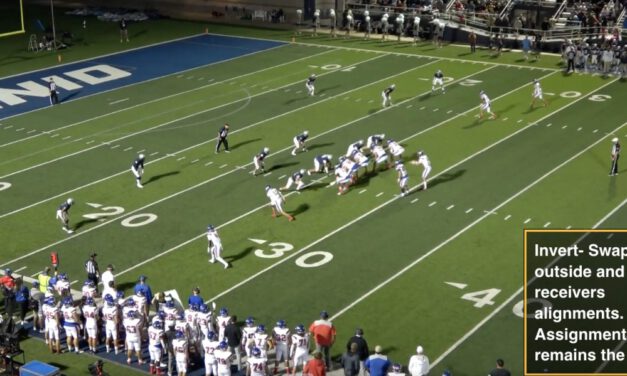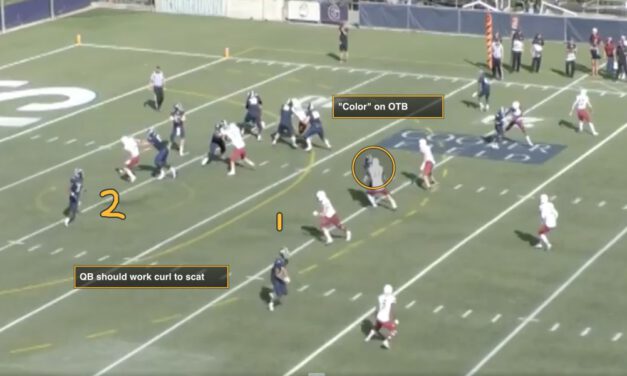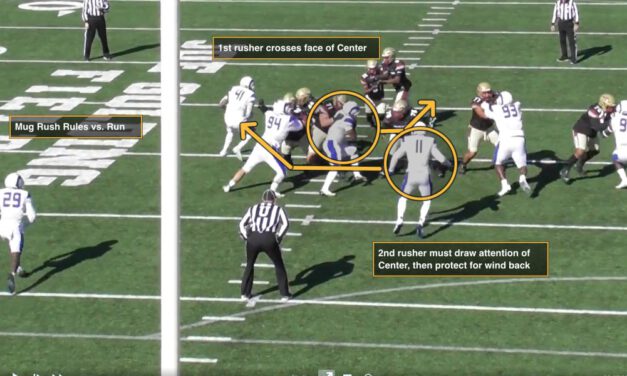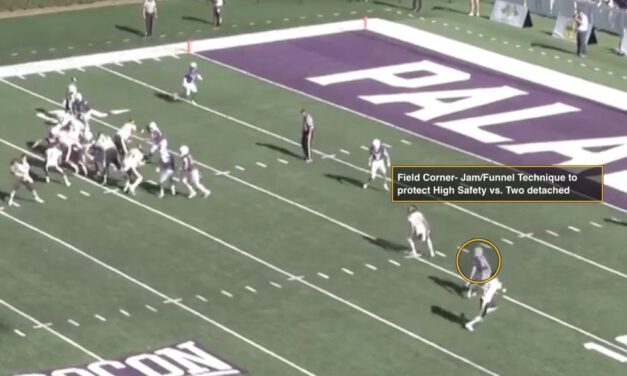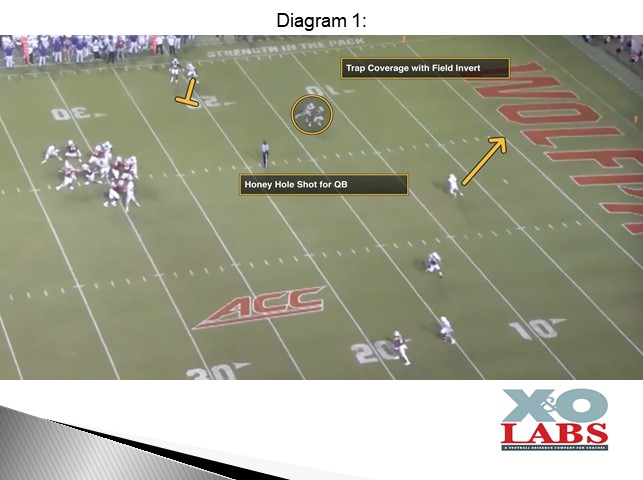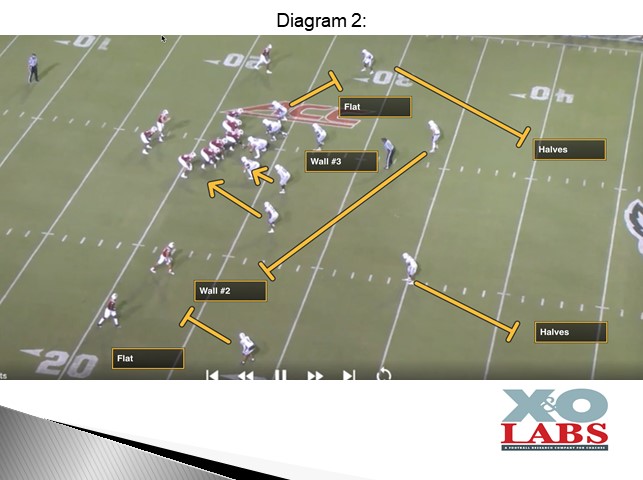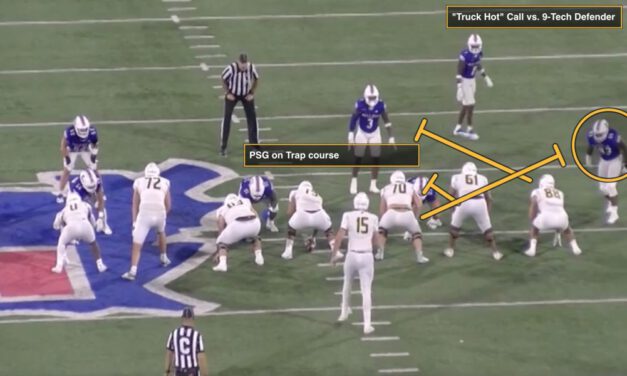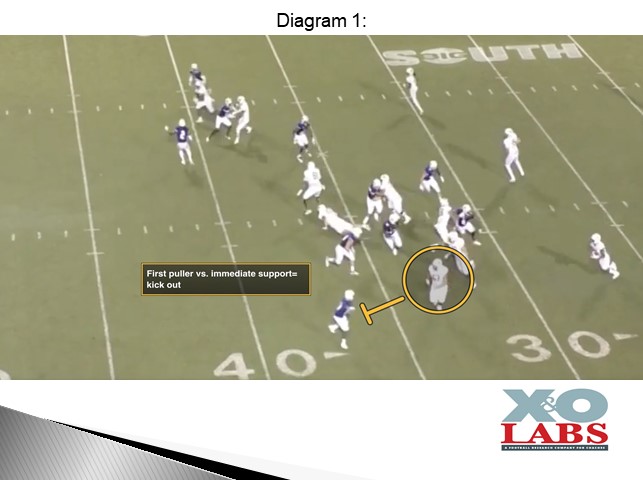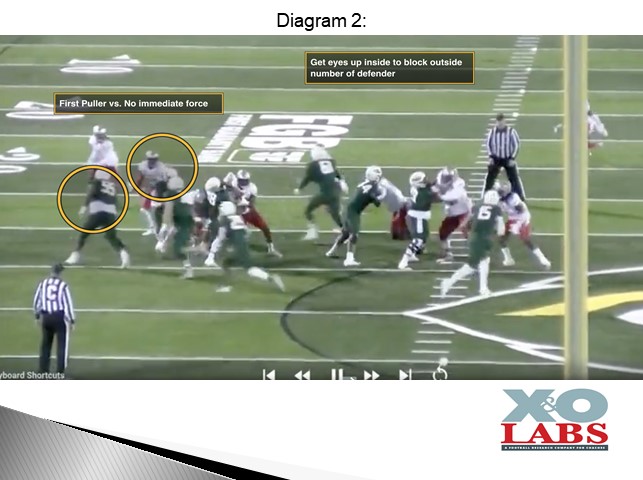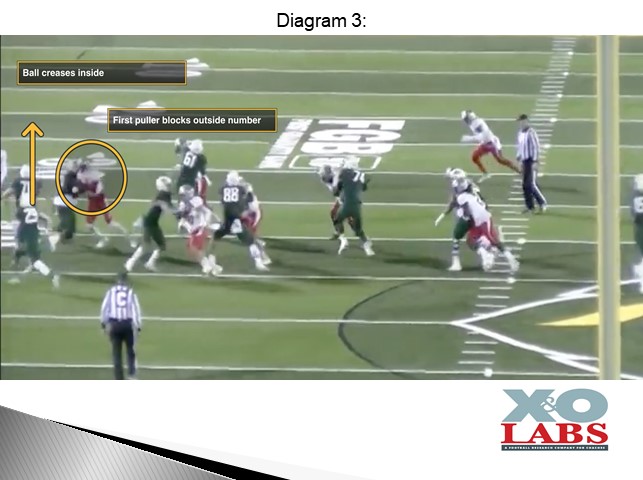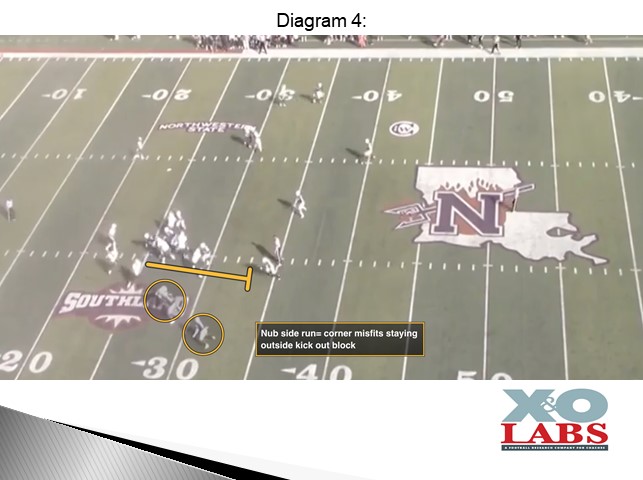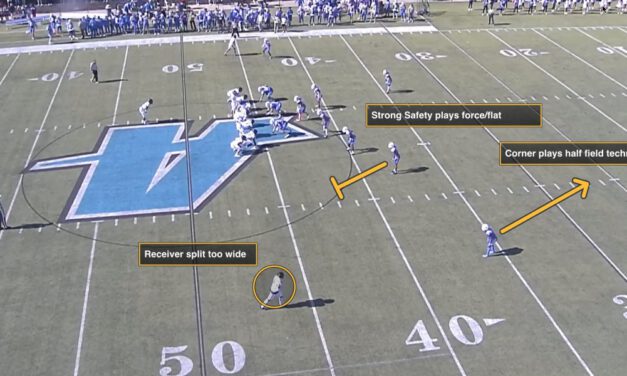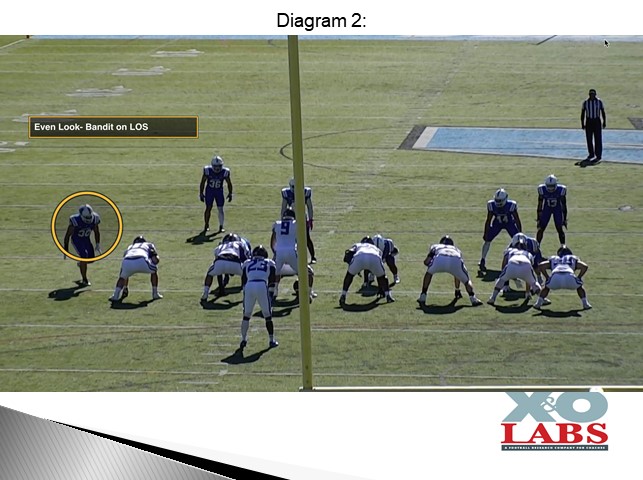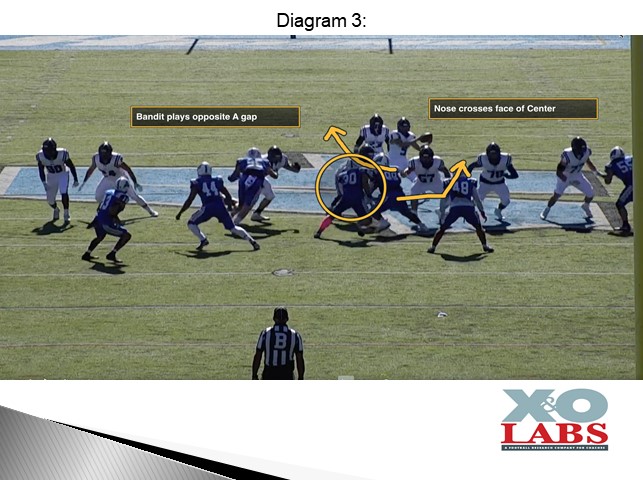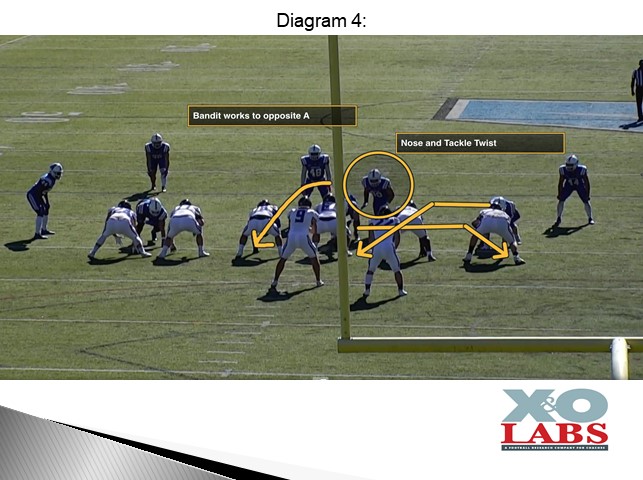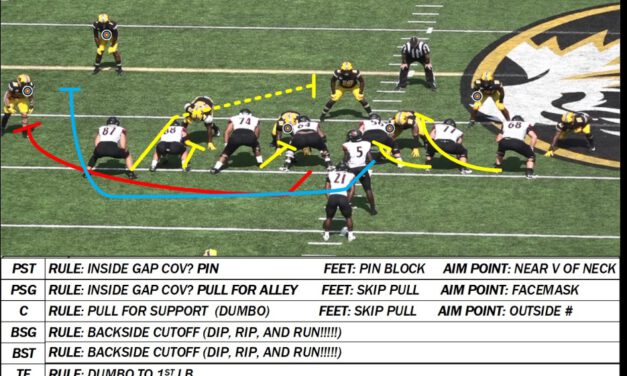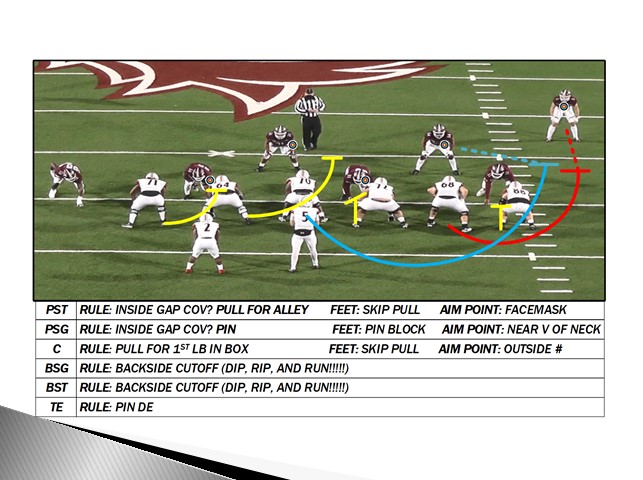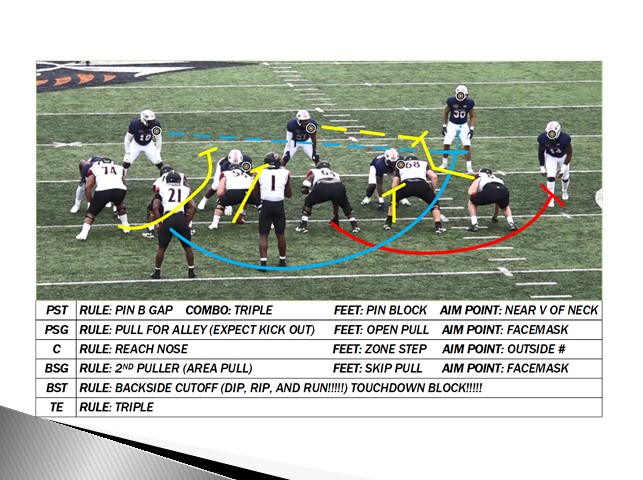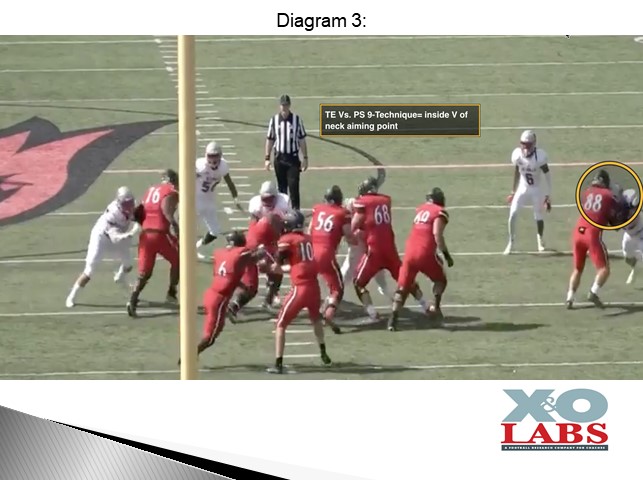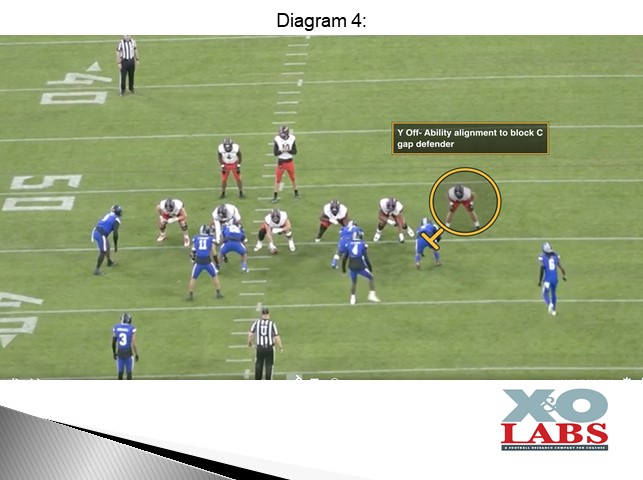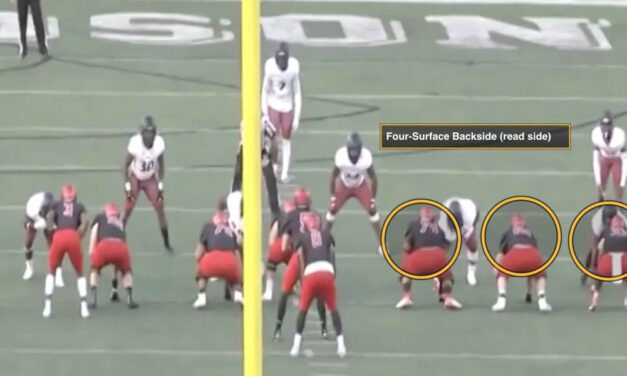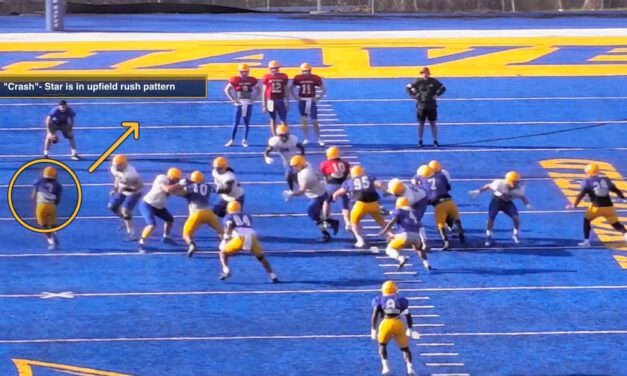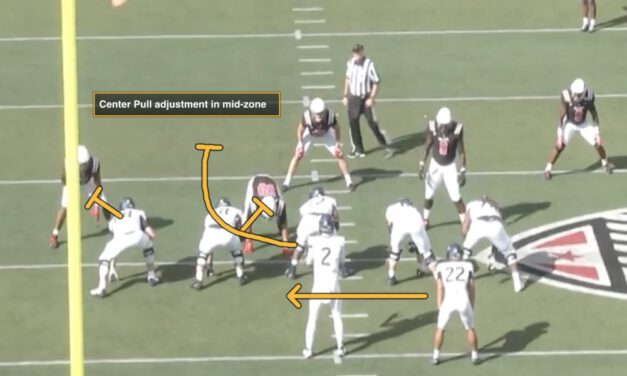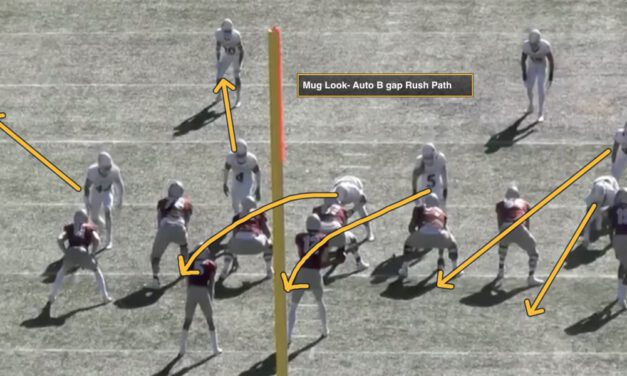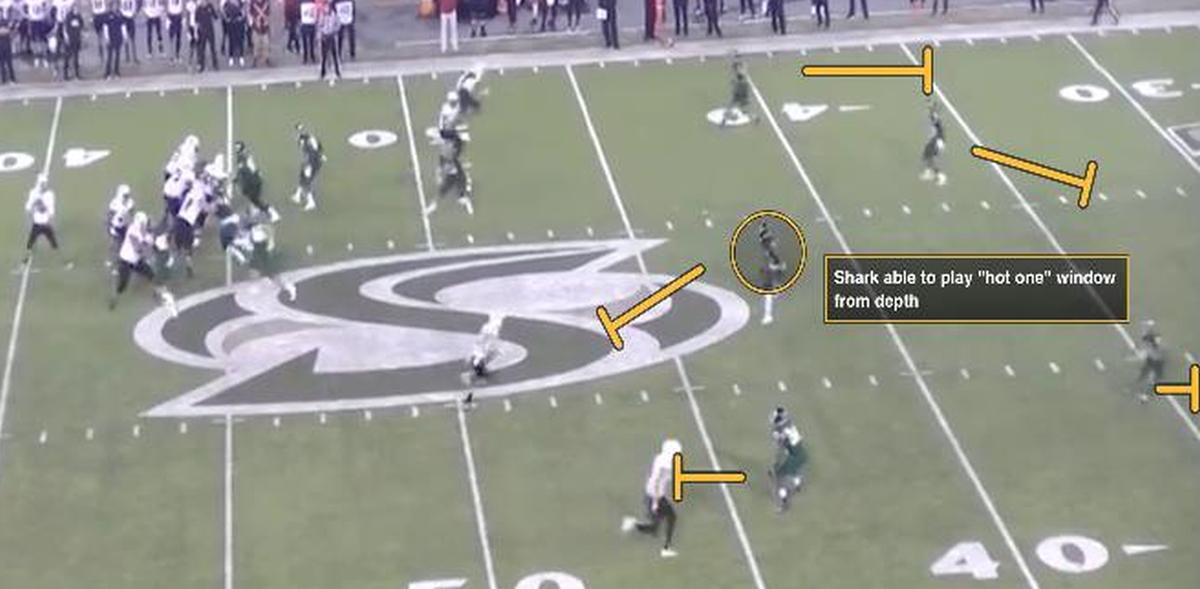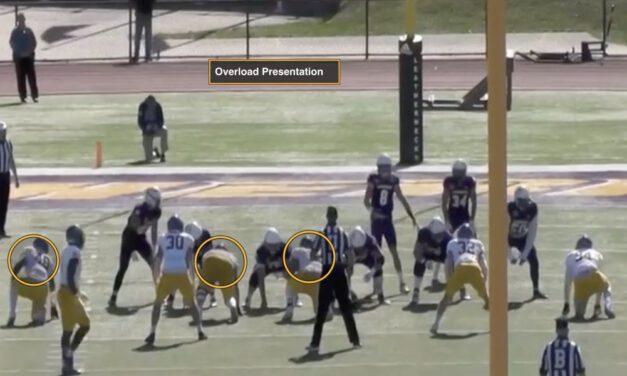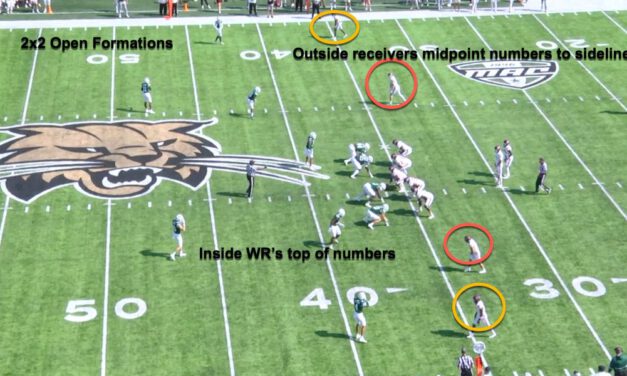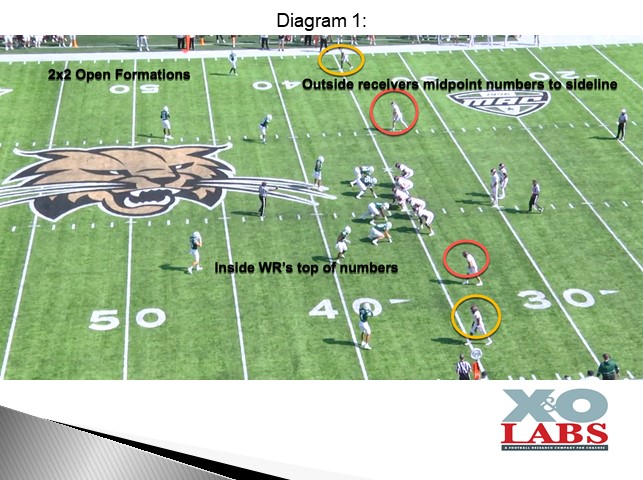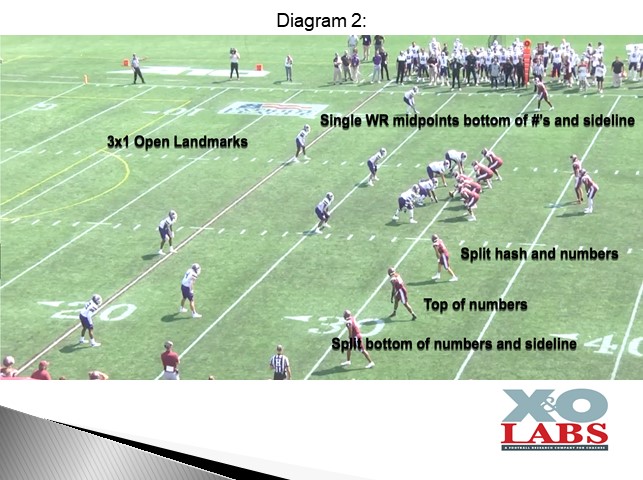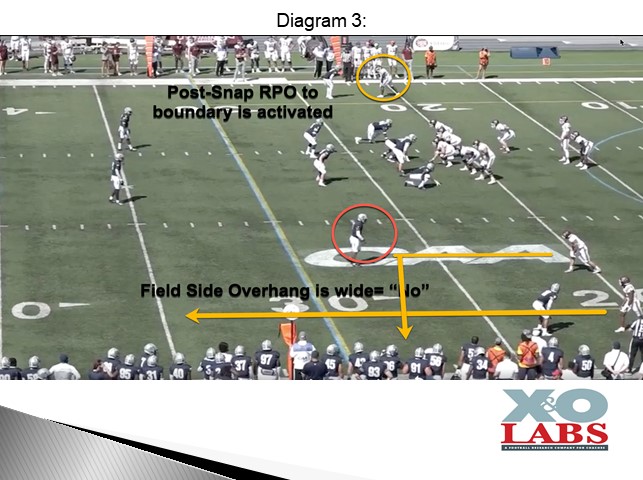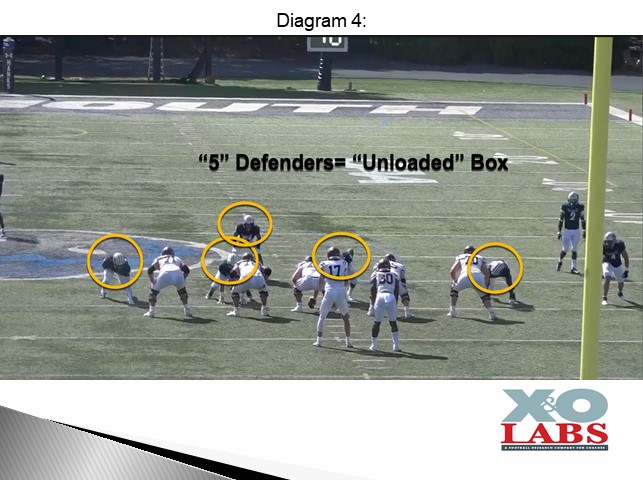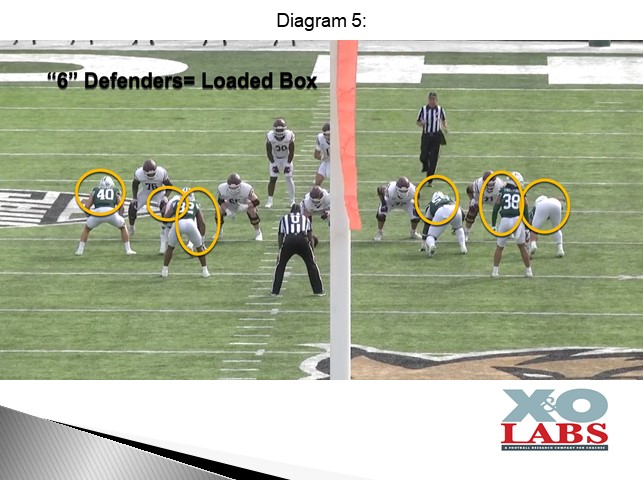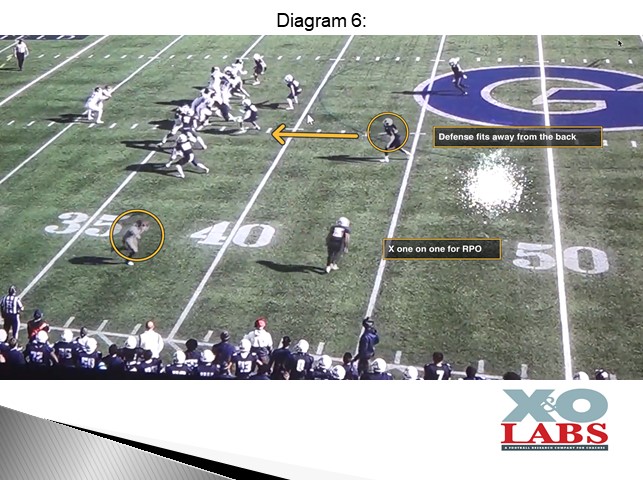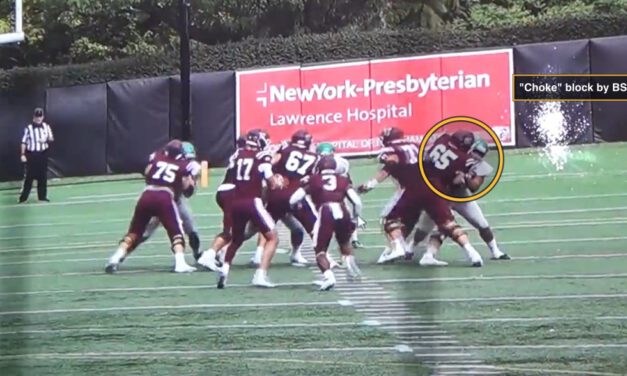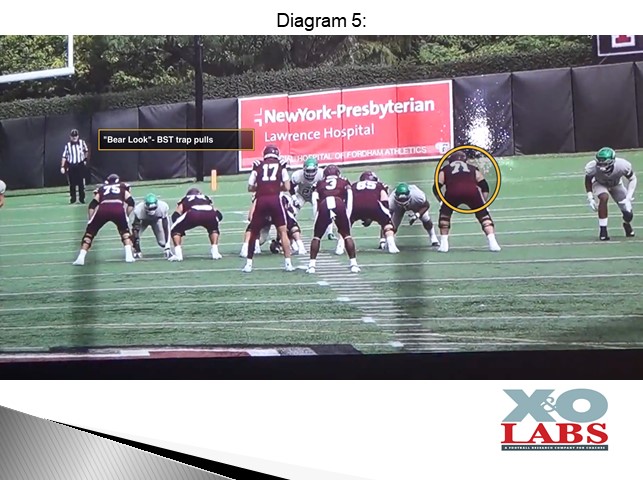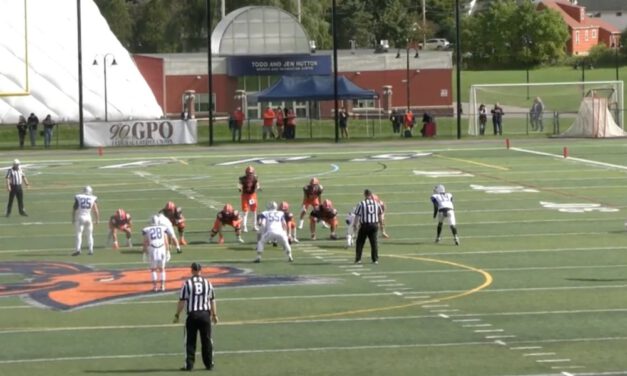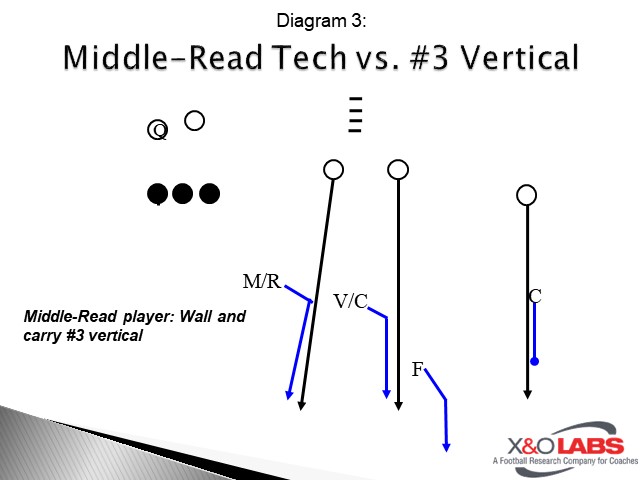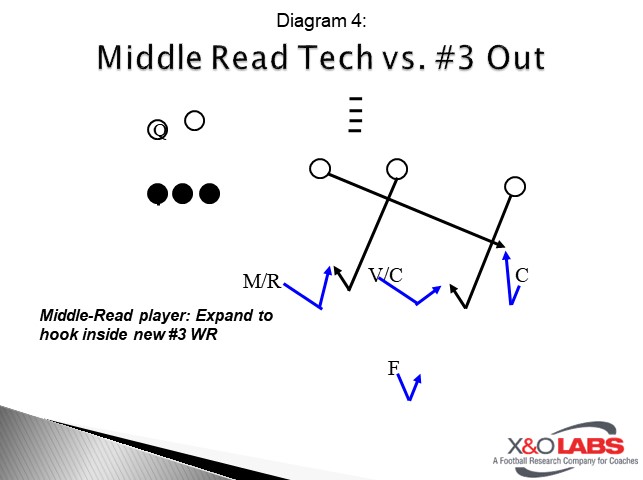Creating Motion and Formation Tags off the Cross Concept
By Austin Embrey
Pass Game Coordinator/Wide Receivers Coach
Bixby High School (OK)
Twitter: @CoachEmbrey_
At Bixby High School, we have built our passing attack around tagging a limited number of concepts and remaining multiple through formations. We have found that teaching offense this way enables us to keep concepts as simple and consistent as possible for our players, while being complex enough to stress defenses. Simple tags that change only part of the play or formation can dramatically change the presentation of the play to the defense and give the illusion of multiplicity within the offense. Meanwhile, our players are able to get ample repetitions at base concepts and routes, allowing them to think less about their assignment and more so about execution. This article will specifically display how we tag one of our favorite drop back passing concepts, Cross.
The Base Play:
Our Base Cross Play design is similar to how many teams run it. In our 2×2 formations, we have an outside release vertical and an out on the call side (typically the boundary), and a drag and curl/dig coming from the field.

Our 3×1 variation ends up looking more like flood than Cross. We teach that the routes should end up where they would have if we began in a 2×2 formation.

Tagging Formations:
A way that our offense applies pressure to the defense is through formation tags. By making slight alterations to formations, we are able to disguise the base concept. The formation tag does not change our offensive players’ responsibility. They simply execute their assignment from a slightly different alignment. Here are some of our most commonly used formation tags:
Snug: Here, the formation is condensed on both sides. Although players’ alignment has changed, the Assignment does not.

Slam: Formation is condensed on the left side only.
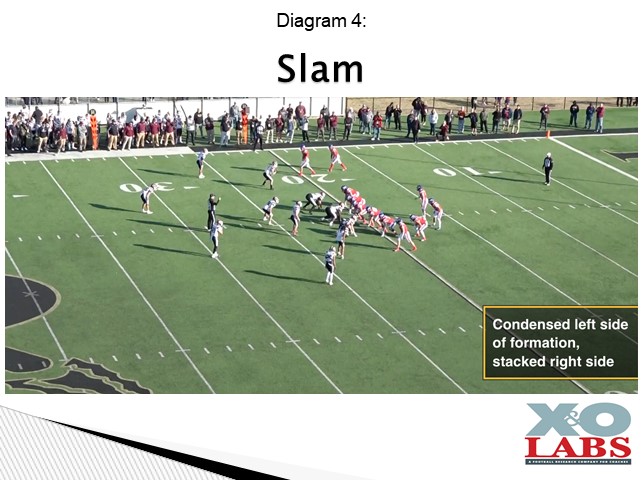
Scrunch: formation is condensed on the right side only.
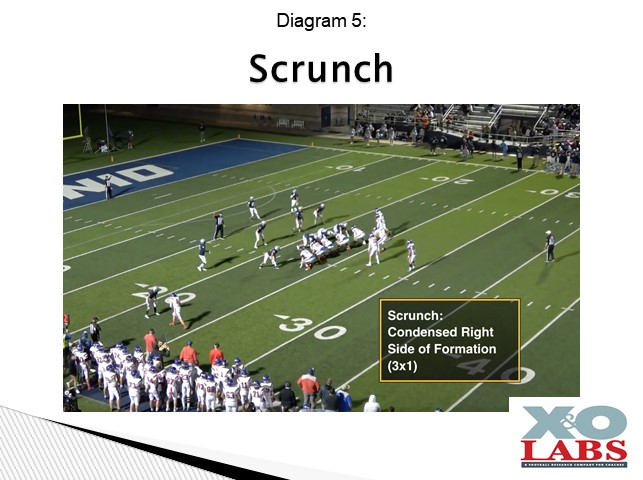
Tite: The outside receiver to the field tightens alignment landmark to the near hash.
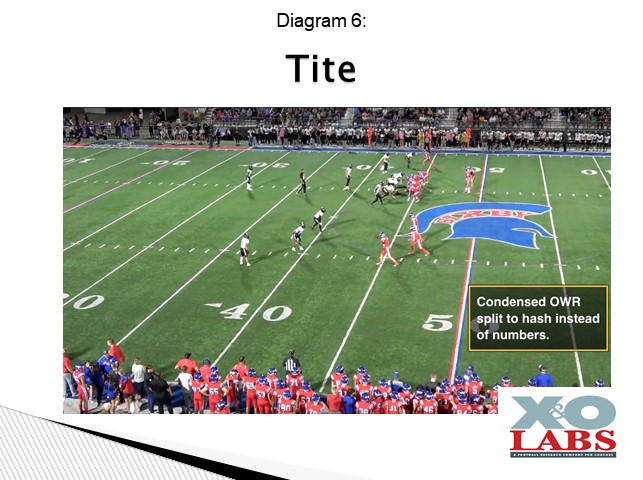
Invert: Outside and inside receivers switch places.
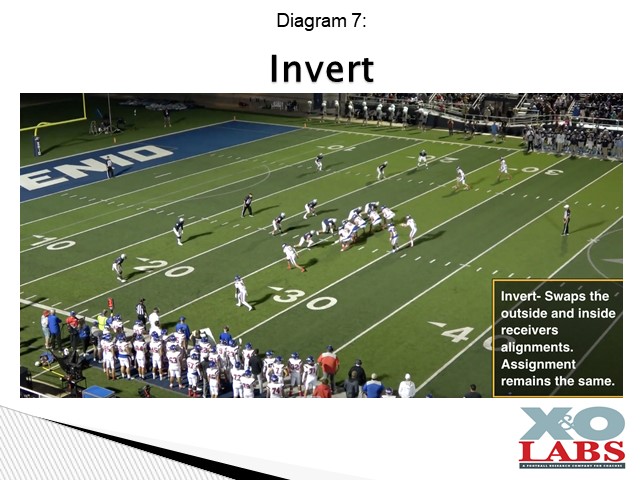
A simple formation tag requires little thought for offensive players, but allows us to easily change the presentation to the defense.





